When it comes to soothing your baby to sleep, there is a whole range of methods to choose from. Using the pacifier is a strategy most of our parents’ generation used, and many still employ it today. After all, the sucking comes natural to all infants, and comforts them when they’re sleepy, hungry or grouchy.
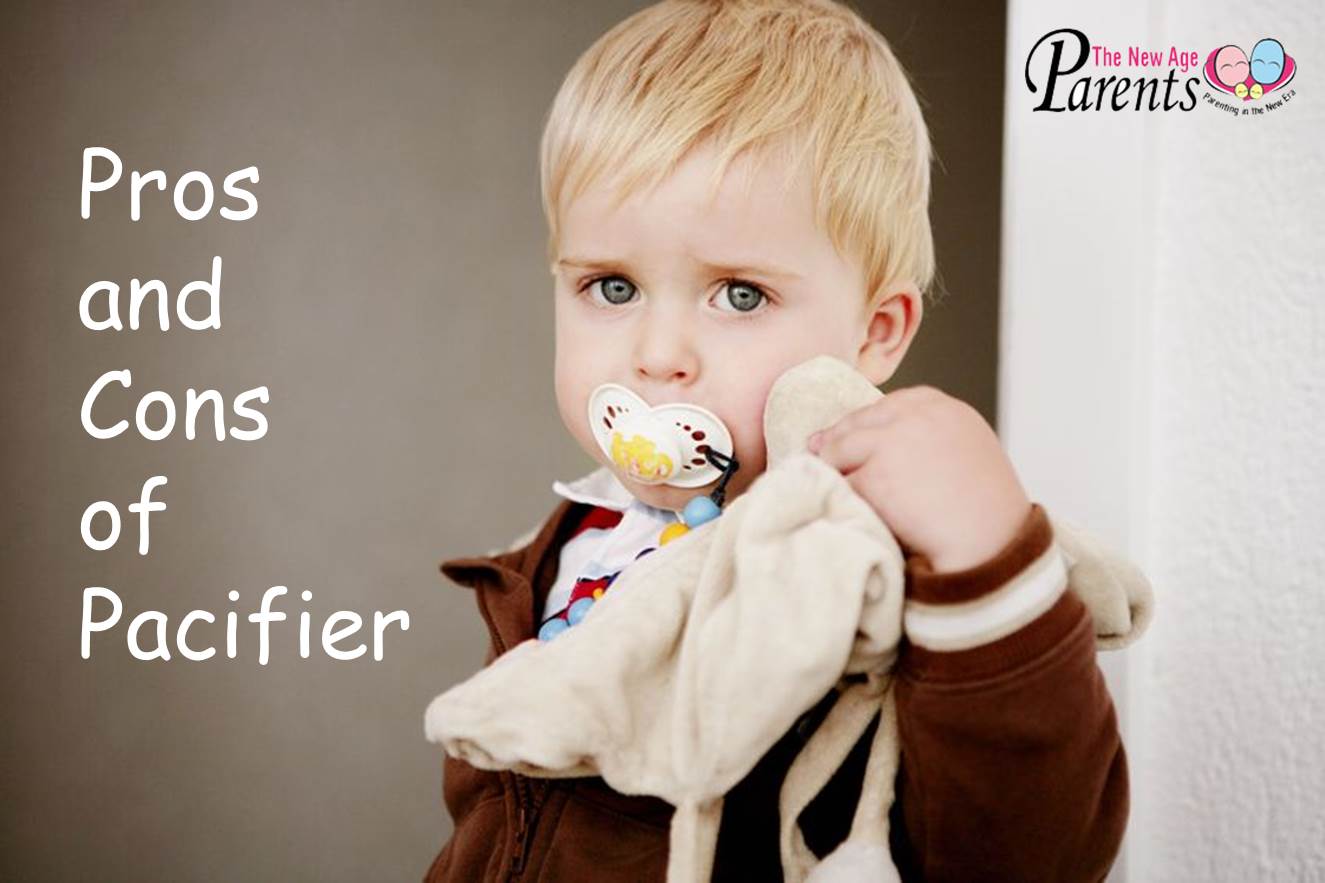
However different parenting experts may not advocate the use of the pacifier to soothe or calm a fussing baby. So, is the pacifier okay for your baby? It’s really not a black-and-white issue, but a matter of preference and discernment. We’ve compiled the following list of potential benefits and risks – after that, the ball’s in your court.
⇒ Related Read: Thumb Versus Pacifier: Which Is Better For Your Baby?
Benefits
- Soothes baby when he is upset
- Provides distraction from discomforts like teething pains, vaccination shots and/or plane landings and take-offs
- Sucking stimulates the release of chemicals from the brain that decrease stress
- Can help some babies fall asleep
- Provides a sense of familiarity for baby in strange or new surroundings
- Usage of a pacifier during the first year may help to reduce the risk of sudden infant death syndrome (SIDS)
- Keep baby quiet so the caregiver can enjoy some peaceful moments
- Weaning baby off a disposable object like the pacifier is easier than weaning them off sucking their own thumb
Risks
- Early pacifier usage can lead to breastfeeding woes such as nipple confusion, lack of interest in latching onto the breast, and insufficient supply
- Baby may become over-dependent on the pacifier, especially to fall (and stay) asleep
- Increases the possibility of middle ear infections
- Prolonged pacifier usage beyond the first few years of a child’s life may lead to dental issues like misalignment of the front teeth
- Caregivers may inadvertently offer the pacifier to soothe the baby when its milk he is craving
- Overuse of pacifier by toddlers can impede their progress in speech
If you do decide to use a pacifier, be sure to buy one that’s suitable for your child’s age. Look for a bisphenol A-free plastic pacifier, which is proven safe for infants. And do wait for three to four weeks before introducing the pacifier, so that nursing or bottle feeding is more stable and established. Lastly, recognize that there will always be supporters and critics on the pacifier debate, so make a convicted choice and than go with it confidently
By Dorothea Chow
This article was first published in The New Age Parents e-magazine.
* * * * *
We would love to hear from you! Share your views with us in the comment box below.
Like what you read and want more? Receive our latest articles and giveaways when you sign up on our mailing list here.












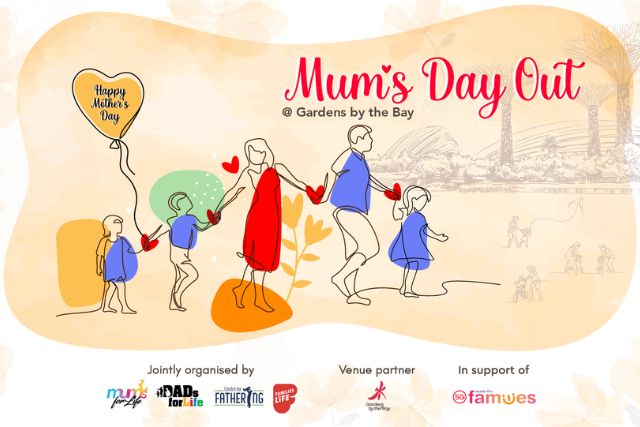

























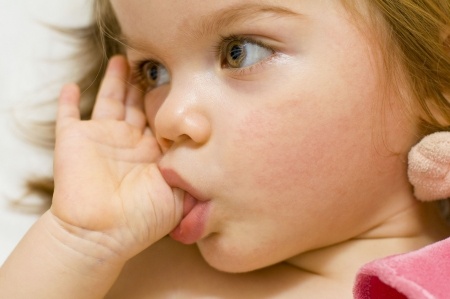
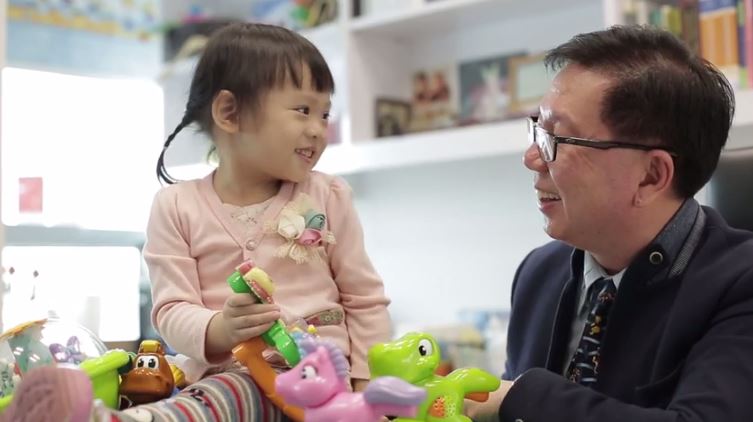
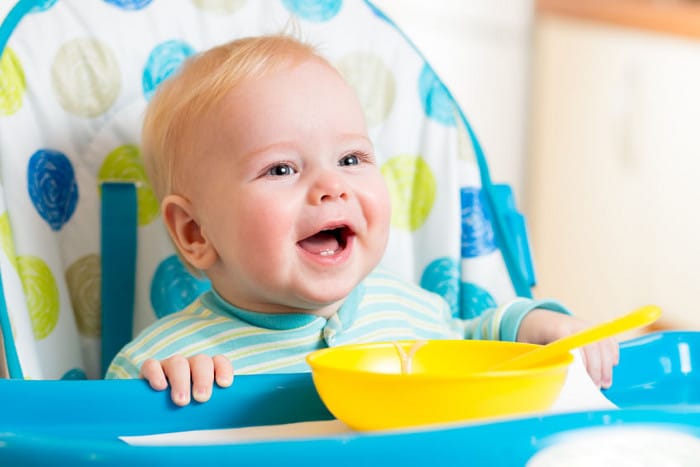
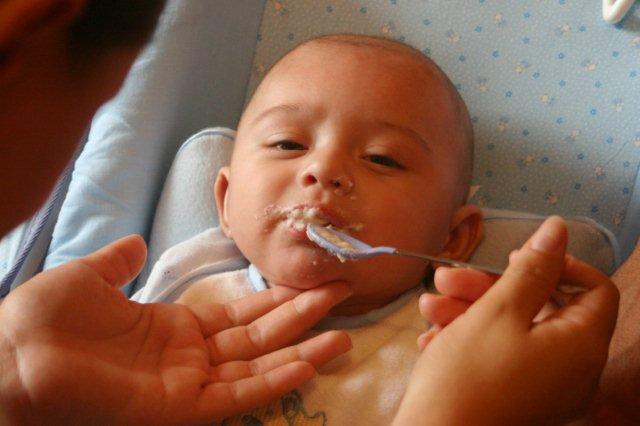
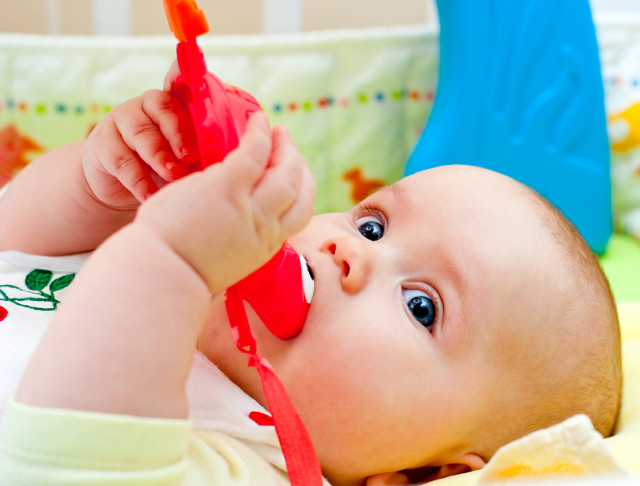
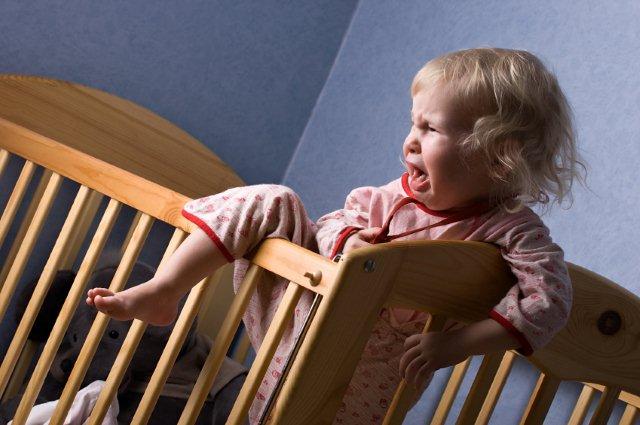
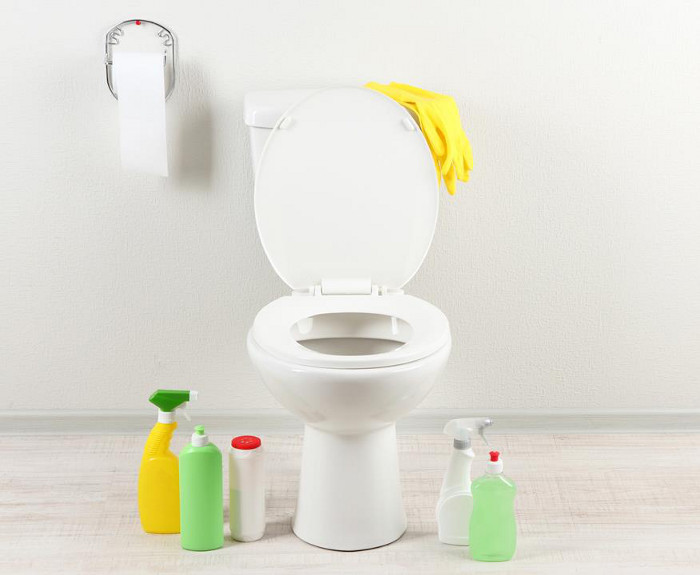
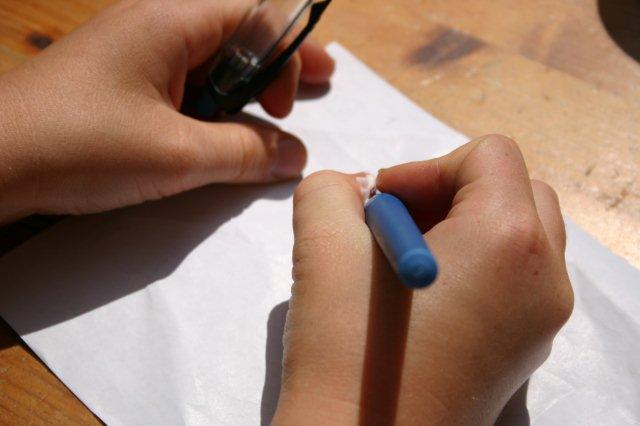

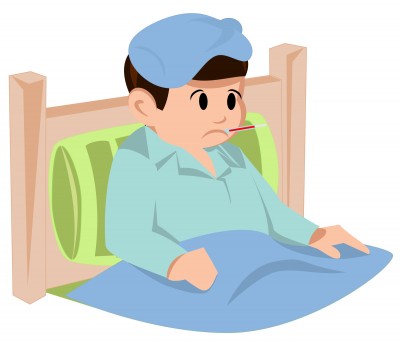
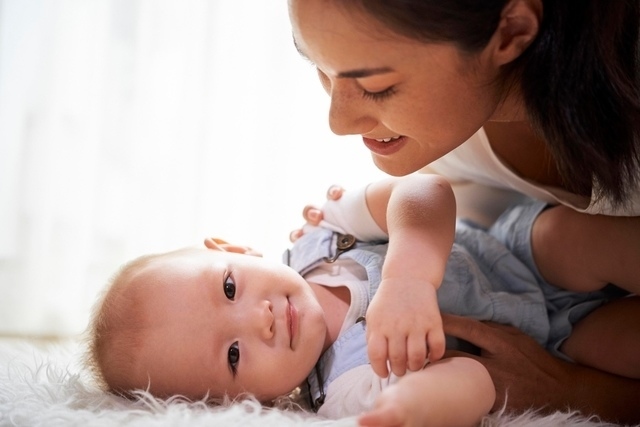
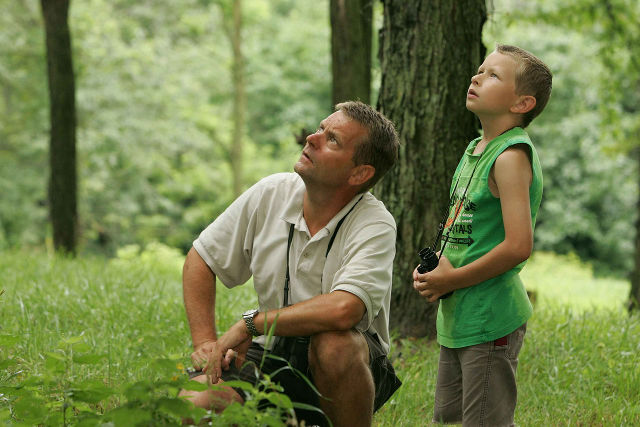









Leave a Comment: